
Anna Hazare is a 74 years old gentleman but his enthusiasm, zeal and energy can put the youth in their 20s to shame.
His crusade against corruption has brought out the entire country [except the "cyskics" (cynics, skeptics and critics all rolled into one)] on the streets. While Anna Hazare remains the man of the moment, there's an entire dedicated team which works with him and whose members' full-time profession is activism. Then there are also dedicated people who remain behind the scenes and take care of the social media campaigning, technical stuff, logistics etc.
Let's take a look at the front-bench members of the Jan Lokpal movement:

Arvind Kejriwal
Recipient of the prestigious awarded Ramon Magsaysay Award for Emergent Leadership in 2006, Kejriwal has emerged as a true “youth icon” during the last few months. He was born in Hissar, Haryana in 1968, and graduated from IIT Kharagpur as a Mechanical engineer in 1989. Arvind Kejriwal was always concerned about corruption and the passivity of the people. After quitting his job with the Tata Steel, he took time off to work with the Missionaries of Charity and the Ramakrishna Mission in eastern and northeastern India. He was also instrumental in spreading awareness about the passing of the Right to Information (RTI) act.In the ongoing movement for Jan Lokpal, Arvind is considered a key figure along with Anna Hazare. People who work with him sings songs in the praise of his intelligence, which, they say, is “razor-sharp”.
Awards and Honours:
2004: Ashoka Fellow, Civic Engagement.
2005: 'Satyendra Dubey Memorial Award', IIT Kanpur for his campaign for bringing transparency in Government.
2006: Ramon Magsaysay Award for Emergent Leadership.
2006: CNN-IBN, 'Indian of the Year' in Public Service.
2009: Distinguished Alumnus Award, IIT Kharagpur for Emergent Leadership.
2010: Policy Change Agent of the Year, Economic Times Corporate Excellence Award along with Aruna Roy.

Kiran Bedi
First Indian IPS officer, Kiran Bedi has always been known as a woman of substance and will power. A close associate of Anna, she has played an active role in the entire Jan Lokpal movement. She began her career as a Lecturer in Political Science (1970-72) at Khalsa College for Women, Amritsar. In July 1972, she joined the Indian Police Service. While in the police, she carried out several reforms. She also served as Director General of India's Bureau of Police Research and Development.In 2007, she took voluntary retirement to undertake newer tasks in life. After retirement, Kiran Bedi launched a new website, www.saferindia.com which aimed at helping people whose complaints were not accepted by the local police. This project is undertaken by the non-profit, voluntary and non-government organization she founded, the India Vision Foundation. Kiran is a Ph.D. in Social Sciences from the Department of Social Sciences, Indian Institute of Technology, New Delhi.
Awards and Honours:


Prashant Bhushan
Based in Noida, Prashant Bhushan (born 1956) is an Indian lawyer and social activist. He is the son of eminent lawyer Shanti Bhushan. In his career spanning 15 years he has worked on around 500 PILs (Public interest Litigation). He has been a rigorous campaigner of judicial reforms. He is a member of the committee constituted in April 2011 for the Jan Lokpal bill. He is said to be a man of steel who doesn't thinks twice before exposing the wrongdoings in the courts.Bhushan was the member of the committee which drafted the Jan Lokpal Bill. He has been sharply critical of the government's version of the Lokpal calling it “ineffective” and “useless”.
Shanti Bhushan

Not many would know that the Lokpal Bill was the brainchild of Shanti Bhushan who conceived it while being the law minister in the Morarji Desai government in 1977. Bhushan was an active member of the Congress (O) party (different from the Indian National Congress) and later the Janata Party. He was a member of the Rajya Sabha from 14 July 1977 to 2 April 1980 and the Union Law minister in the Morarji Desai ministry from 1977 to 1979. He joined the Bhartiya Janata Party in 1980. In 1986, he resigned from BJP after the party acted against his advice over an election petition.
Along with his son, he has been actively involved in bringing judicial reforms. He fought (for his client) many legal cases against Indira Gandhi. Shanti Bhushan is the co-chairman of the of the joint committee constituted in April 2011 for the Jan Lokpal Bill.
Swami Agnivesh

Agnivesh is an Indian politician, self-titled Arya Samaj scholar, and social activist. He is best known for his work against bonded labour through the Bonded Labour Liberation Front, which he founded in 1981.In the late 60s, he joined the Arya Samaj and took “Sanyas” vows. In 2005, Agnivesh was part of a two week campaign against female foeticide that travelled across India. Agnivesh also argued at a conference on economic development and religion sponsored by the World Bank that people should be allowed full freedom of movement across borders through the elimination of all passports and immigration laws.
Swami Agnivesh has been closely associated with the Jan Lokpal movement and is often seen campaigning strongly for it

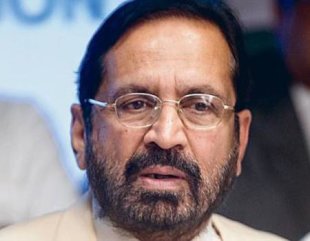
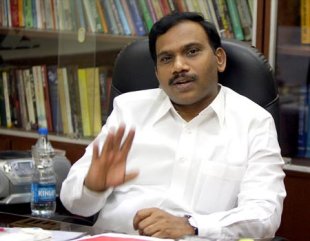
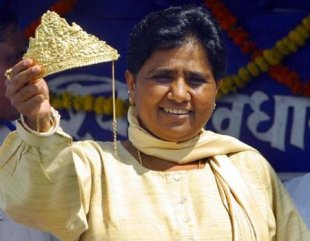
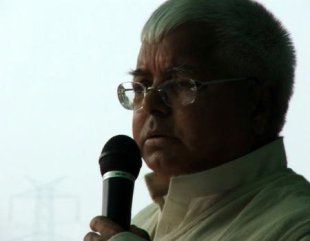

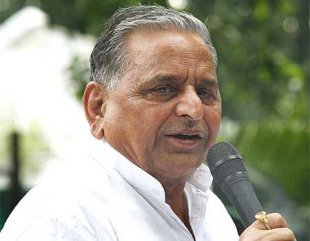
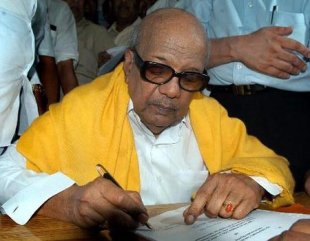
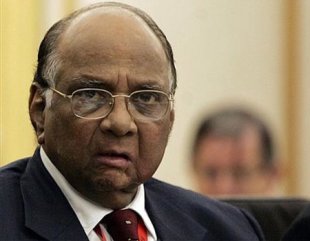
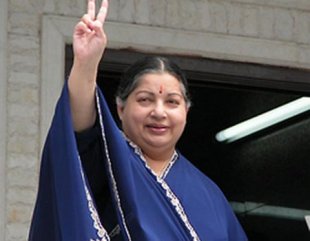
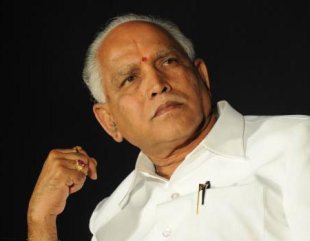



















 Akhnoor is a beautiful town situated at a distance of 32 km from Jammu. The Chenab River meets the plain in Akhnoor, just north-west of Jammu. This was originally the route to Srinagar in the Mughal era. Jehangir, who died on the way to Kashmir, was temporarily buried at Chingas. Akhnoor is also related with the legend of Soni-Mahiwal. This is a historic town with the ruins of the Indus-valley civilization spread along the river Chenab. The whole area commands a panoramic view. A nice place to be in.
Akhnoor is a beautiful town situated at a distance of 32 km from Jammu. The Chenab River meets the plain in Akhnoor, just north-west of Jammu. This was originally the route to Srinagar in the Mughal era. Jehangir, who died on the way to Kashmir, was temporarily buried at Chingas. Akhnoor is also related with the legend of Soni-Mahiwal. This is a historic town with the ruins of the Indus-valley civilization spread along the river Chenab. The whole area commands a panoramic view. A nice place to be in.

